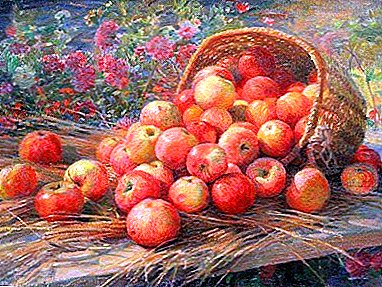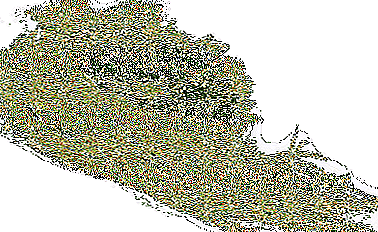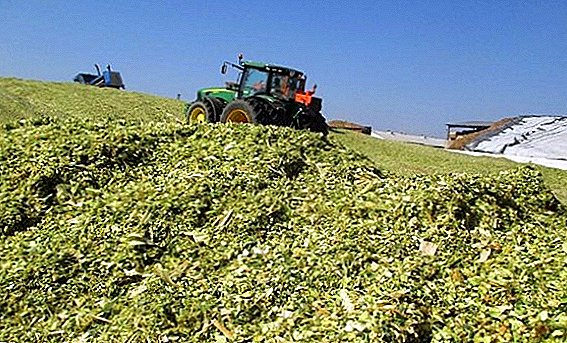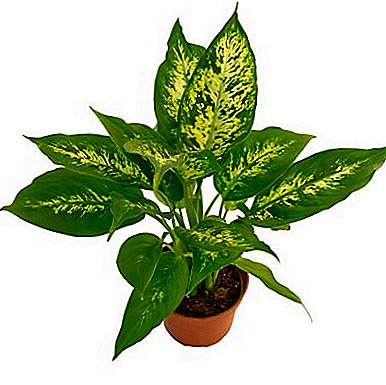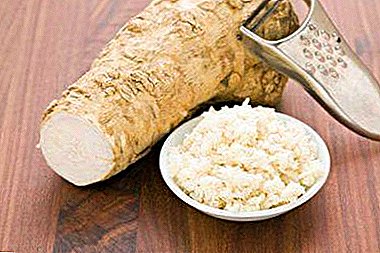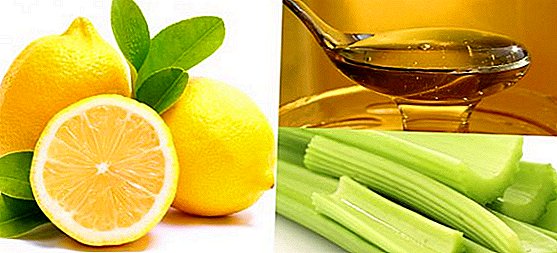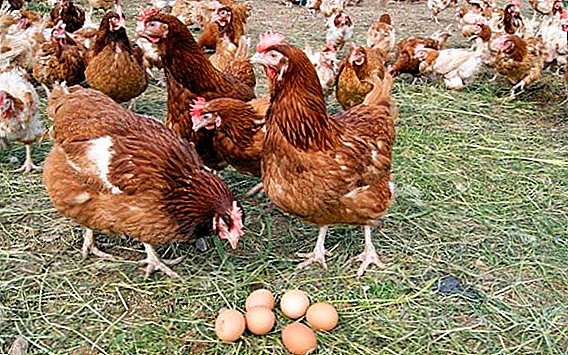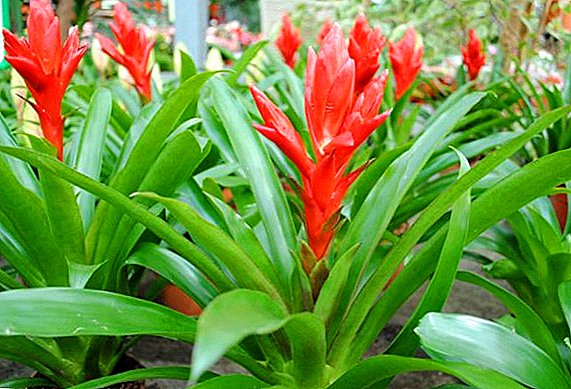 Vriesia flower belongs to the Bromeliad family and has more than 250 species. Originally from South America and Brazil. Named in honor of the Dutch botanist Willem Henrik de Vries and originally wore the name of Friesia. Can be grown on tree bark and snags. Like an orchid, this flower is considered an epiphyte. It is also used as a houseplant and is grown in pots with a special substrate. Each type is original, flowering variety. Throwing the spike, covered with flowers. They, unfortunately, quickly wither, but the bracts are kept for several months.
Vriesia flower belongs to the Bromeliad family and has more than 250 species. Originally from South America and Brazil. Named in honor of the Dutch botanist Willem Henrik de Vries and originally wore the name of Friesia. Can be grown on tree bark and snags. Like an orchid, this flower is considered an epiphyte. It is also used as a houseplant and is grown in pots with a special substrate. Each type is original, flowering variety. Throwing the spike, covered with flowers. They, unfortunately, quickly wither, but the bracts are kept for several months.
A young flower with proper care blooms for 3-4 years.
Vriesia with green leaves
This is a unique and exotic flower. It is unpretentious, but if you expect flowering, it will require attention. Sheets are pure green, but have many shades without patterns and stripes. Even in the period when it does not bloom, it looks proud and captivates with its magnificence. 
Vriesia keeled (Vriesea carinata)
The plant has light green and leaves without a pattern, broadly linear, gathered around a funnel-shaped rosette. The length of the leaves of vriezii kelevata reaches 25 cm. During flowering, the peduncle ejects, it can be drooping or straight. The inflorescence is narrow, flat, 5 cm long. Flowering occurs in November or December.
Did you know? The correct name is Friesia. And the word "vrieziya" is found only in Russian literature on indoor gardening.
Royal Vriesia (Vriesea regina)
It is a fairly large indoor plant. Experts advise growing it in greenhouses. The leaves are in a rosette, their length is up to 1.2 meters, and the width is up to 18 cm. The flower is huge, it can reach up to two meters in height. Inflorescence resembles a panicle. When the plant blooms, there is a pleasant aroma. The color of the inflorescence varies from white to yellow. Pink bracts in the shape of a boat.
Important! After the end of the entire cycle of growth and flowering, the mother plant dies. Therefore, the processes must dive.
Vriese parrot (Vriesea psittacina)
Leaves oblong light green color. At the end of the sheet is sharp and has a bend downwards.
The flowers are in a loose inflorescence. The cup is yellow, and the corollas are green. The peduncle itself is bright red. Because of this range of colors and got its bright name. 
Vriesia with variegated leaves
This is a bright representative of its kind. It charms not only the original buds, but also the overall beauty. It is diverse in its diversity and form. Some flower growers prefer this type even for the sake of flowering, but because of the colorful. The colors and patterns of some representatives resemble the colors of a snake.
Did you know? The leaves of vriezii always become perpendicular to the incident light.
Vriesia brilliant or beautiful (Vriesea splendens)
In vriezii shiny leaves a little and they are collected in a rosette of dark green color, their length is up to 80 cm, their width is up to 6 cm. Broadly lined and have stripes that are located across. The color of the stripes is brown-red. The inflorescence in Vriesia spleentia resembles an ear, the peduncle is long and bright red. The flowers are yellow in color, and the bracts are bright red, glossy.
Vriesia Giant (Vriesea gigantea)
This flower in the home almost does not contain. The reason is its gigantic size.
Learn more about such flowers as hatiora, clerodendrum, Kalanchoe Kalandiva, Campanula, New Guinean balsam, plumeria, Miltonia orchid, Indica azalea, striped ehmea.It comes from Brazil, and it grows in tropical forests. Due to the climate, high humidity there is the most favorable conditions for this species. The leaves are numerous, their length up to 100 cm, width up to 9 cm. The socket is large, funnel-shaped. Green background is dotted with gray specks or waves. The inflorescence is multi-flowered, loose, racemose. It is located on the same stalk.
Under cultivation conditions it is more often used in office premises or for window dressing. 
Vriesia hieroglyphic (Vriesea hieroglyphica)
It is considered one of the most beautiful representatives of its kind.
The leaves are arcuate, wide. They are located in a funnel outlet. The strips are light green, transversely arranged, and the inflorescence resembles a panicle.
Bracts are greenbacks and flowers are yellow. There are also hybrid species with bracts of red or yellow color. 
Vriesia perforated (Vriesea fenestralis)
It is usually grown in warm greenhouses, because the flower is decorative. The sheets are collected in a funnel, they are light green in color with dark green veins. The leaves are 40 cm long and about 6.5 cm wide. The stripes run both across and along. Inflorescences reach up to 50 cm tall and up to 9 cm wide. The flowers are yellow, inflorescences are dark green with brown spots.
As well as vriezii, the epiphyte plants include the asplenium fern, the multassii orchid, the veneer slipper, and the philodendron.
Vriesia Sanders (Vriesea saundersii)
Originally from South America. Height up to 40 cm. The stem is hollow and short. The leaves are shiny, leathery, greyish green, funnel bluish tint. The bottom surface is purple. The flowers are bright yellow, tubular. Their circumference is bright yellow.  How it blooms depends on the species to which it belongs. Different species bloom at different times. The flower itself looks a bit aggressive, so it is ideal for a strict modern interior. Appreciated by the beautiful, bright flowering. In Western countries, the flower is very much appreciated. Breeders bring all new hybrid varieties that have a very bright color and do not take up much space in the room. Popular is Vriesia Era, which is an excellent ornamental plant and has an unusual bright bloom.
How it blooms depends on the species to which it belongs. Different species bloom at different times. The flower itself looks a bit aggressive, so it is ideal for a strict modern interior. Appreciated by the beautiful, bright flowering. In Western countries, the flower is very much appreciated. Breeders bring all new hybrid varieties that have a very bright color and do not take up much space in the room. Popular is Vriesia Era, which is an excellent ornamental plant and has an unusual bright bloom.
Vriesia Mix is ideal for growing at home - the leaves are bright green, on the peduncle branched inflorescences resembling a bright red bouquet of flowers, and the bracts have many shades, from yellow to red.
Important! Excessive moisture is harmful to vriezii. The roots will start to rot. Therefore, it is necessary to monitor the state of the substrate. It should be wet, but not wet.Vriesia is an excellent choice if you decide to grow indoor plants. Surprises with its originality and unpretentious care. It will well decorate the house not even in a flowering state, but during flowering it will delight with a variety of bright colors. Of Bromeliads considered the most unpretentious flower. The root system is weak, it is designed to fix the plant on the surface. Food takes place through a rosette and long leaves, it is worth considering when feeding.


